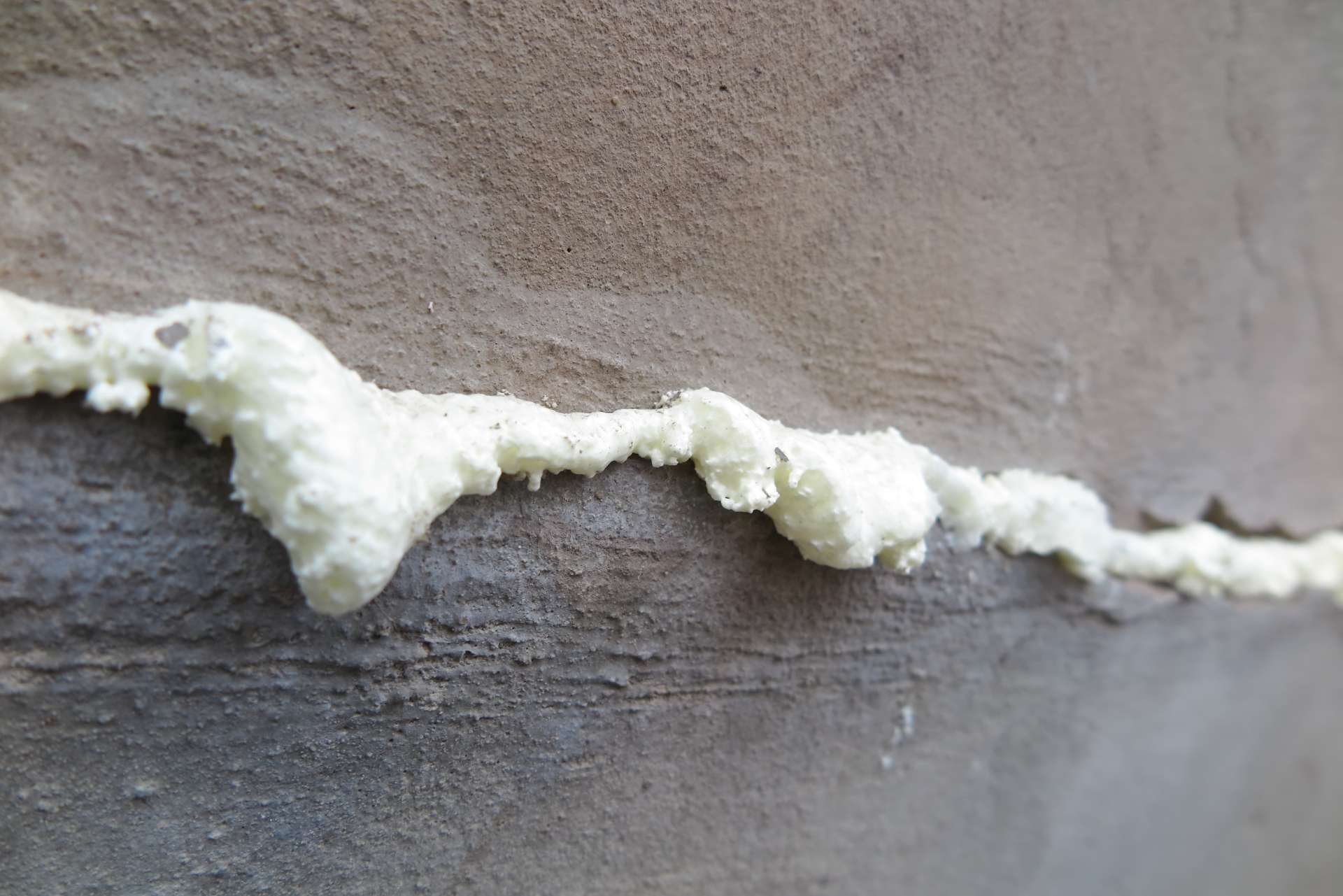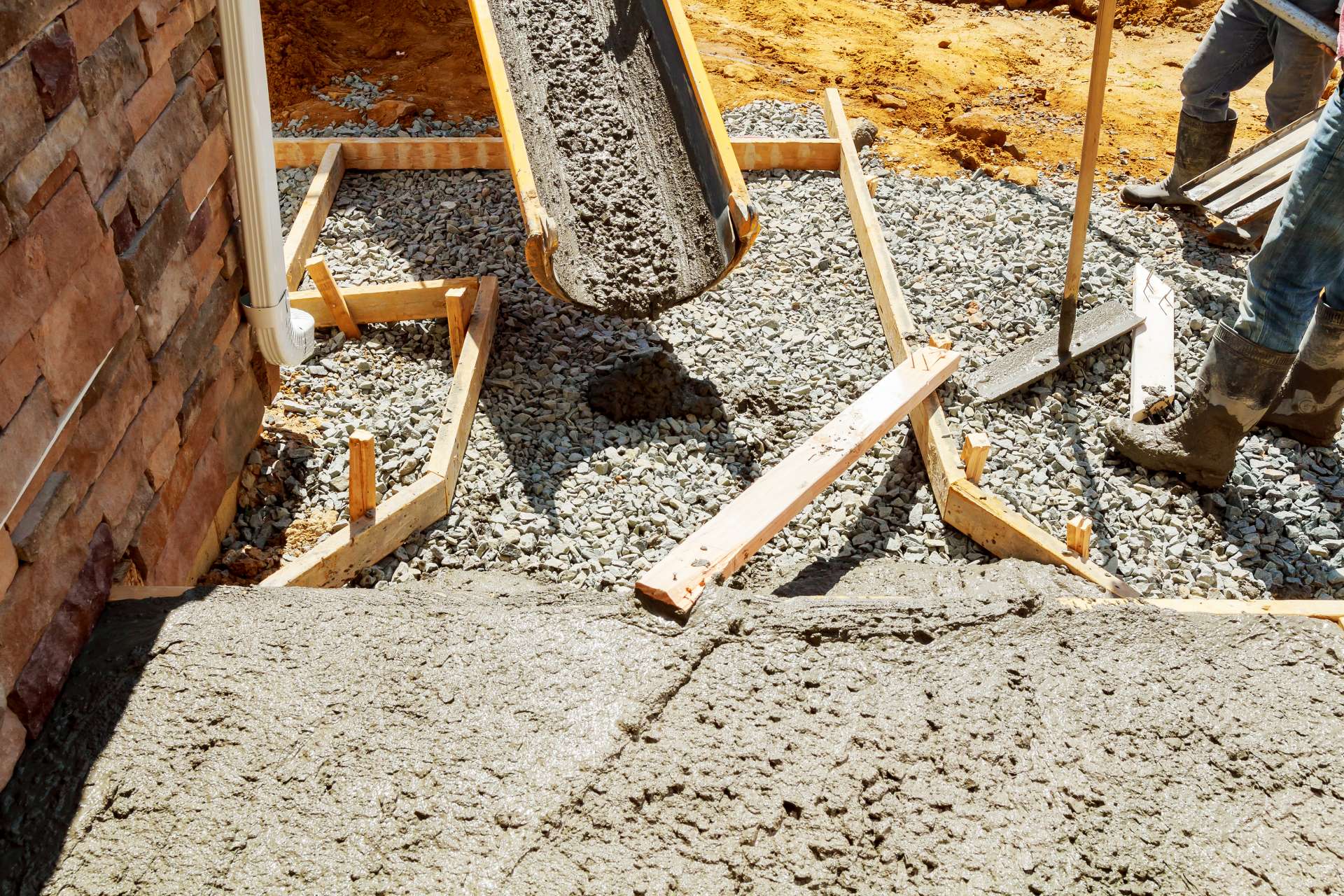Concrete walkways, driveways, and patios can do much for the value and aesthetics of a home, but unfortunately, they need time to settle. Settled or sinking concrete isn’t just unsightly; it may diminish your home’s value, increase the chances of a basement leak, and create a safety hazard.
In determining how to effectively resolve these issues, you’ll need to understand why the concrete sank in the first place. ‘Settling’ has a variety of causes, such as construction methods, the underlying soil, inadequate grading, animal damage, and improperly-placed downspouts. Concrete typically settles because the area beneath has become compromised, leaving voids that cause settlement, sinking, and cracking. In this guide, you’ll learn what to do with settled concrete.
The Most Cost-Efficient Way to Fix Sinking Concrete
There are three common concrete repair methods: replacement, mudjacking, and raising it with polyurethane foam. We’ll discuss these options below.
Replacement
Complete replacement of concrete is the most disruptive and costly option, but in some cases, it’s the only real choice. For instance, if a concrete slab is so badly cracked that it looks like shattered glass, a full replacement is appropriate. Concrete replacement gives you the chance to update your home’s look with various decorative solutions, including stamped and stained concrete designs.
Replacement requires the removal of the existing concrete, often with heavy and loud machinery. Then, a concrete contractor will address the sub-grade problems that led to the settlement, possibly by adding stone and compacting it.

Once that’s done, forms are put in place, and the new concrete is poured. That’s not where the job ends, however. When the concrete has cured, the forms are taken away, a surface sealer is applied, and damaged landscaping is repaired. As great as the concrete may look, it may be a week or more before your family can drive or walk on the surface again.

Mudjacking
Mudjacking: This process may seem new, but it’s been around for decades. It’s the least costly option, but unfortunately, the results don’t last forever. During the process, a thick liquid material is pumped down through holes in the concrete, creating enough pressure to lift slabs back into place.

Polyurethane Foam Raising
This is a very cost-effective settled concrete repair option. The process is quite similar to that of mudjacking, in that materials are pumped down through holes in the concrete to lift the surface. There are a few differences to consider, and polyurethane concrete raising has several benefits.
The material is a type of closed-cell, expanding polyurethane foam, similar to that used in foundation repairs. The material won’t deteriorate when wet, and because of its expansive properties, it fills the void.
The polyurethane foam is significantly lighter than the slurry used in mudjacking. Therefore, less weight is placed on the sub-grade, and the chances of further settlement are reduced.
The holes drilled into the concrete surface are very small, which means that repairs are much less noticeable and not as intrusive.
The material dries quickly, so patios, sidewalks, and driveways can be used in just a few minutes.
Lifting sunken concrete preserves the value and beauty of the home while ensuring a safer environment for the entire family. Concrete’s nature makes it highly susceptible to settlement and soil erosion, and once a slab starts to sink, prompt repairs will minimize the risk of accidents and structural damage.
Avoid Costly Future Repairs
When a sidewalk or driveway settles, it may affect drainage around the property. For instance, if a walkway settles near the foundation, it may cause water to accumulate rather than wash away. The excess moisture will penetrate the soils around the home’s foundation, causing issues such as leaking basement walls and settlement cracks. Avoid these hassles by learning how to properly maintain concrete driveway or having the concrete surface repaired at the first signs of trouble. As we’ve shown, there are a few cost-effective ways to replace sagging, sinking, and settling concrete around the home. If you’re dealing with an uneven or cracked patio or driveway, a local contractor has the experience and knowledge needed to help you make an informed decision.


